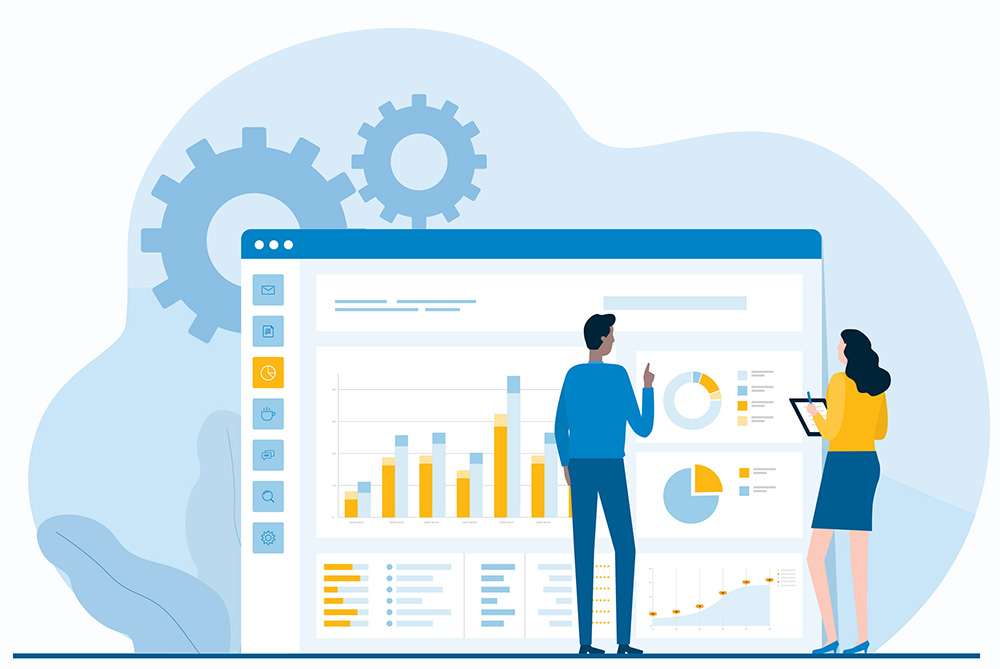- Navigator
- Economic and Fiscal Impact Analysis
 What is an Economic Impact Analysis?
What is an Economic Impact Analysis?
An economic impact analysis is an important tool that provides insight into how new investments create jobs, employee earnings, and economic output throughout the economy. It shows how the direct impact (initial jobs or spending) multiplies throughout the economy by generating new supply chain activity (indirect impacts) and new employee spending (induced impacts). Together, direct, indirect, and induced impacts equal the total economic impact, which demonstrates the collective benefit associated with a project, asset, or industry.
Why Should You Use an Economic Impact Analysis?
Economic impact analysis can be used to communicate the benefit of a particular project, asset, or industry. The results of the analysis can then be used to help make the case for certain projects to move forward or obtain funding, and for general marketing and promotion of the project or investment.
For example, if a developer plans to invest $25 million in building a new warehouse that will employ 50 people in Henrico County, VA, an economic impact analysis can be used to calculate the benefits to the county from its construction and ongoing operations. The developer can use this study in its discussions with the county planning board, applications for supplemental funding, and to garner public support for the project.
In this hypothetical example, the initial $25 million in construction spending in the county will result in additional indirect and induced sales, as well as associated jobs and earnings. In total, construction of the warehouse would generate 74 jobs, nearly $5.5 million in worker earnings, and nearly $28.8 million in sales in the county, during the construction period.
 Upon full buildout, the 50 new on-site jobs and associated operational activity will generate permanent economic impacts for the county. In total, 68 jobs, more than $4 million in annual worker earnings, and more than $8.8 million in annual sales will exist in the county because of the new warehouse.
Upon full buildout, the 50 new on-site jobs and associated operational activity will generate permanent economic impacts for the county. In total, 68 jobs, more than $4 million in annual worker earnings, and more than $8.8 million in annual sales will exist in the county because of the new warehouse.
 Who Can Benefit from an Economic Impact Analysis?
Who Can Benefit from an Economic Impact Analysis?
The above is just one example of how economic impact analyses can be used. Other common users of this tool include:
- Real estate developers: When planning a new project an economic impact analysis can be used during the municipal approval process to demonstrate the benefits of the project and generate public support.
- Economic development organizations (EDOs): Organizations offering financial assistance for projects can use economic impact analyses to evaluate projects and determine if the benefit to be gained justifies the assistance requested.
- Tax credit program sponsors: Sponsors of statewide tax credit programs, such as those for the film/entertainment industry, may be required to conduct periodic economic impact analyses to meet statutory requirements. Even when not required these analyses can help policymakers reevaluate program terms and promote program successes.
- Recreation asset operators: Operators of recreation assets (trails, museums, entertainment venues, etc.) often leverage economic impact analyses to assist with applications for grants and other funding, and to promote the benefits of their asset to the community.
- Industry groups: An economic impact analysis can be used by industry groups to quantify and communicate the benefit of an industry to a region or state. Findings can be used for advocacy efforts and to promote industry expansion and cluster development.




